The posts in this blog may include affiliate links. This means that when you decide to purchase anything through these links I get a small commission at NO extra cost to you.
You may not be aware but I am a big fan of the TV series Agatha Christie’s Poirot. However, it wasn’t just actors that played a large part in making this series so popular it was also the time period and style of costume and well chosen locations. The unmistakeable Art Deco locations are a joy to spot on screen and make the perfect places to visit.
Running from 1989 to 2013 across seventy episodes, it starred David Suchet as the eccentric but brilliant Belgian detective who used his famous “little grey cells” to catch a bewildering array of criminals.
Art Deco Locations For Fans of Agatha Christie’s Poirot
Hoover Building, A40, Greenford, Middlesex, UK
Featured in “The Dream” and “The King of Clubs”
The Hoover Building is a Grade II* listed building designed by Wallis, Gilbert and Partners located in Perivale in the London Borough of Ealing. The site opened in 1933 as the UK headquarters, manufacturing plant and repairs centre for The Hoover Company. Once owned by supermarket chain Tesco it is now owned by IDM Properties and has since been converted into apartments.
Joldwynds, Holmbury St Mary, Surrey, UK
Featured in “The Disappearance of Mr Davenheim” and “The Theft of the Royal Ruby”
(if anyone has a photo it would be appreciated and credited, of course)
Joldwynds is a modernist style house in Holmbury St Mary, Surrey, designed by architect Oliver Hill for Wilfred Greene and completed in 1932, it is a Grade II* listed building. It replaced an 1874 Arts and Crafts style house designed by Philip Webb, which itself replaced an earlier house of that name.
The De La Warr Pavilion, Bexhill-on-Sea, East Sussex, UK
Featured in The ABC Murders
The De La Warr Pavilion is a Grade I* listed building, located on the seafront at Bexhill on Sea, East Sussex, on the south coast of England. The Art Deco and International Style building was designed by the architects Erich Mendelsohn and Serge Chermayeff and constructed in 1935. In 2005, after an extensive restoration, the De La Warr Pavilion reopened as a contemporary arts centre, encompassing one of the largest galleries on the south coast of England.
Brighton City (Shoreham) Airport, Lancing, West Sussex, UK
Featured in “The Adventure of the Western Star”, “Death in the Clouds” and “Lord Edgware Dies”
Brighton City Airport also commonly known as Shoreham Airport, is located in the parish of Lancing in West Sussex, England. It has a CAA Public Use Aerodrome Licence that allows flights for the public transport of passengers or for flying instruction. Founded in 1910, it is the oldest airport in the UK and the oldest purpose-built commercial airport in the world. It is now owned by Brighton City Airport Ltd. The 1930s Art Deco terminal building designed by R Stavers Hessell Tiltman is listed grade II*.
Burgh Island, Bigbury-on-Sea, Devon, UK
Featured in “Evil Under the Sun”
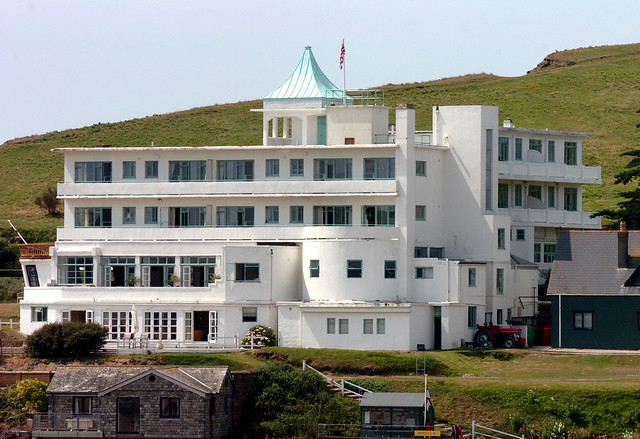
Burgh Island is a tidal island on the coast of South Devon in England near the small seaside village of Bigbury-on-Sea. There are several buildings on the island, the largest being the Art Deco Burgh Island Hotel. The other buildings are three private houses, and a public house, the Pilchard Inn, which has been taken over by new owners in 2019 (previously owned by the hotel).
Eltham Palace, Court Road, Eltham, London, UK
Featured in “Three Act Tragedy”
Eltham Palace is a large house in Eltham in the Royal Borough of Greenwich, in south-east London. It is an unoccupied former royal residence owned by the Crown Estate, and managed since 1995 by English Heritage which restored the building in 1999 and opened it to the public. The interior of the Art Deco house has been critiqued as a “masterpiece of modern design”.
Florin Court, Charterhouse Square, Clerkenwell, London, UK
Whitehaven Mansions – multiple episodes
Florin Court is an Art Deco / Streamline Moderne residential building on the eastern side of Charterhouse Square in Smithfield, London. Built in 1936 by Guy Morgan and Partners who worked until 1927 for Edwin Lutyens, and two years earlier successfully completed the similar Cholmeley Lodge in Haringey, it features an impressive curved façade with projecting wings, a roof garden, setbacks on the eighth and ninth floor and a basement swimming pool.
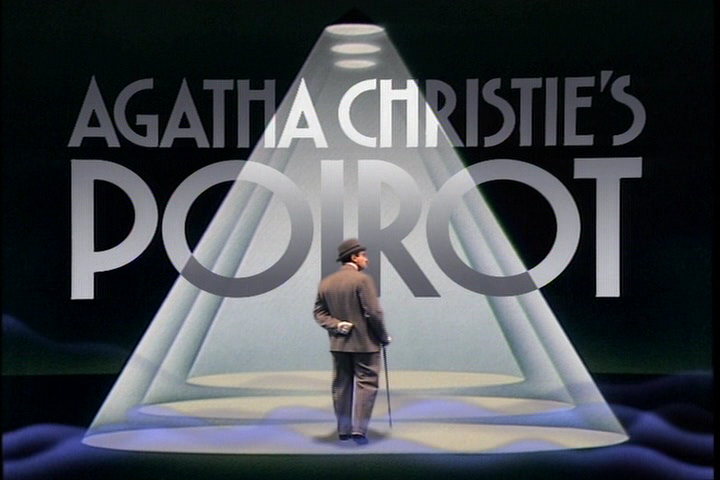
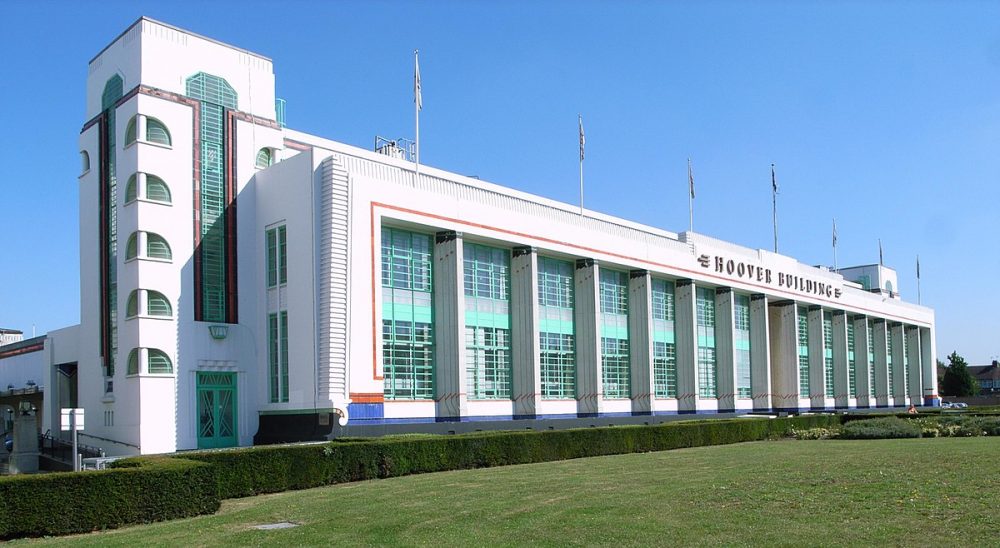
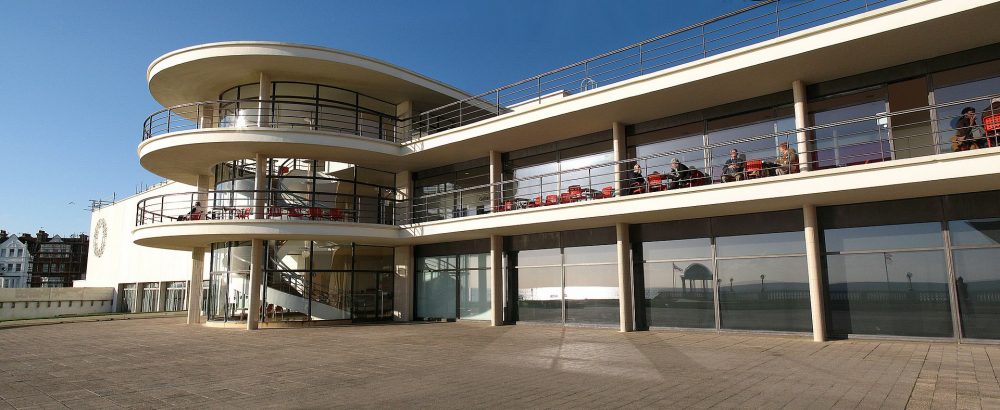
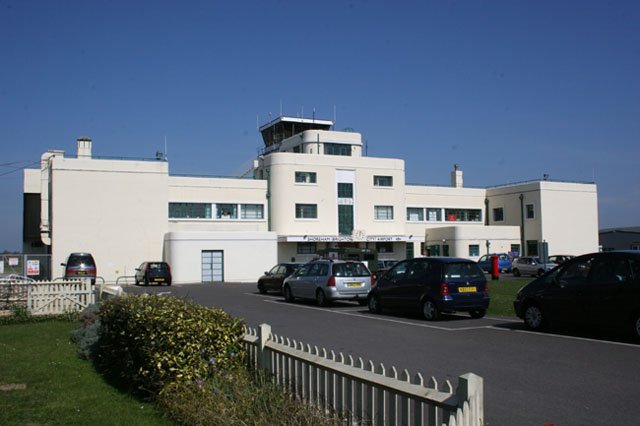
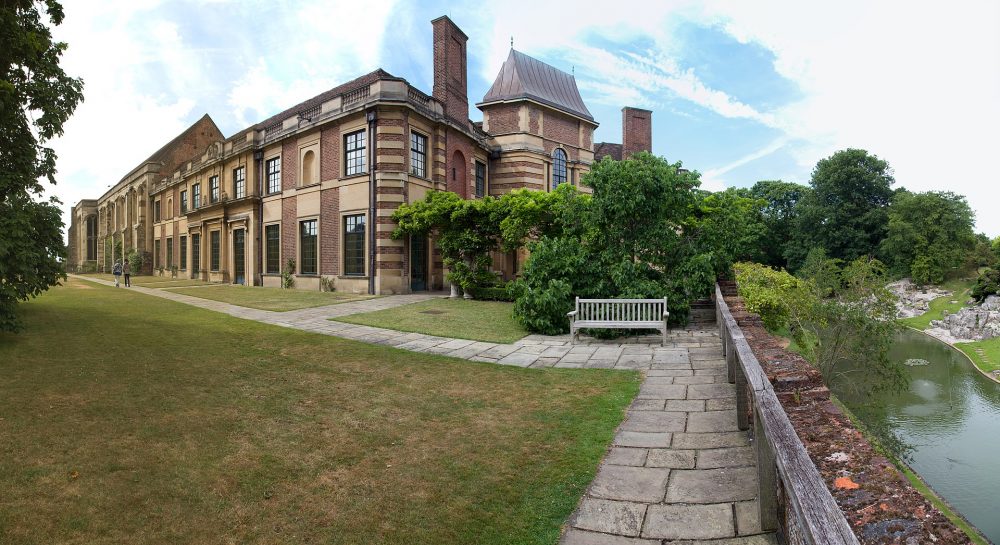
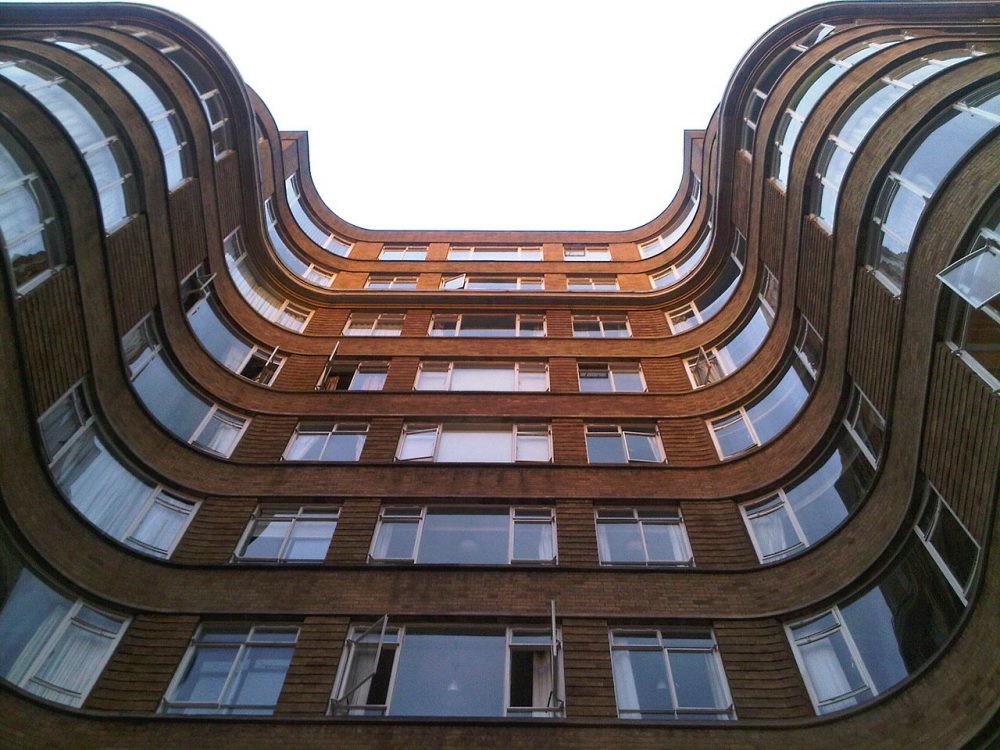
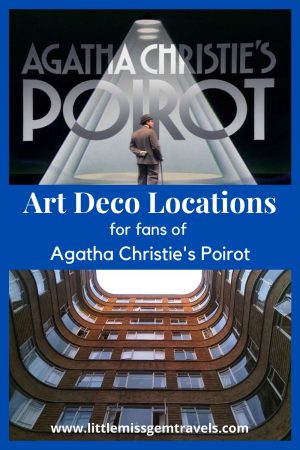
This was exactly what I was looking for. Thank you,
Thank you for this, I always google the location and the buildings when I watch a Poirot episode and this is a great summary. I look forward to see it grow.